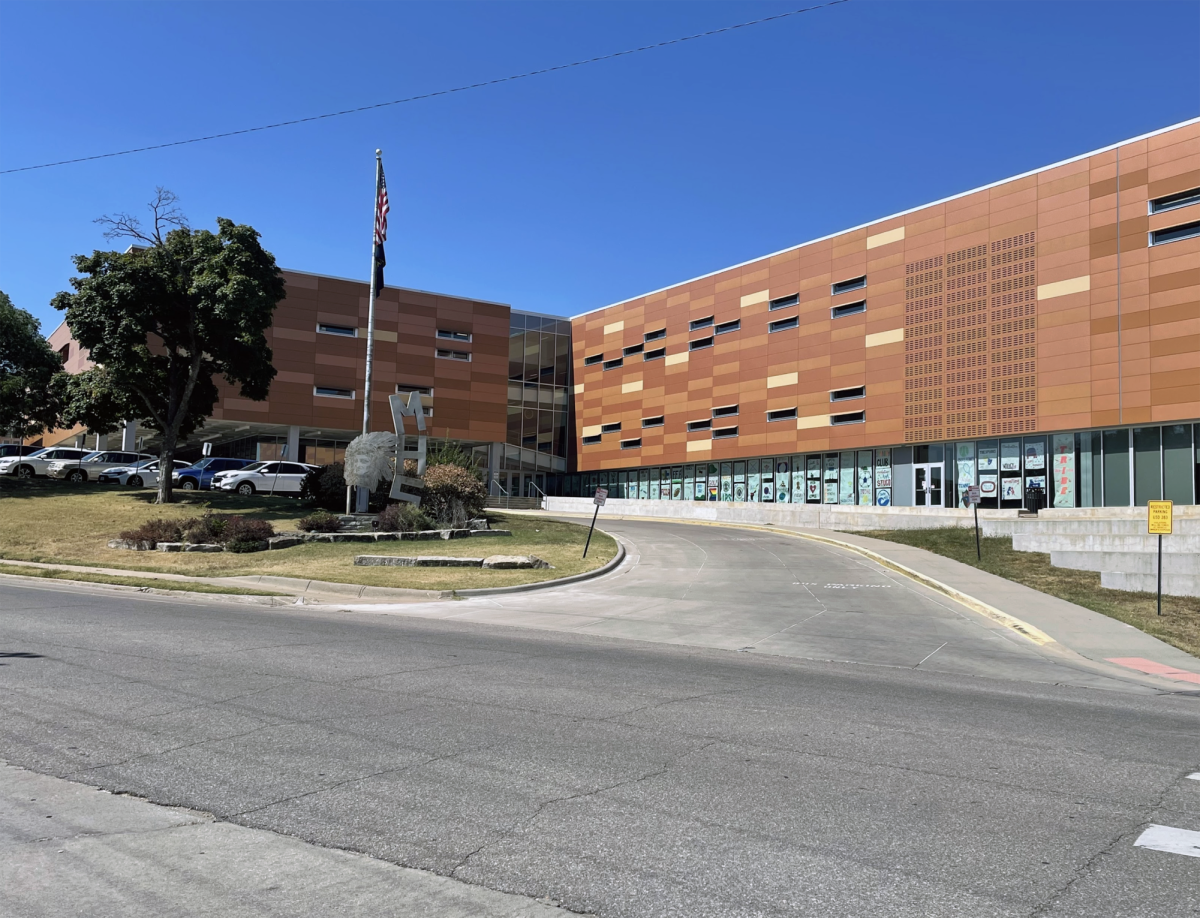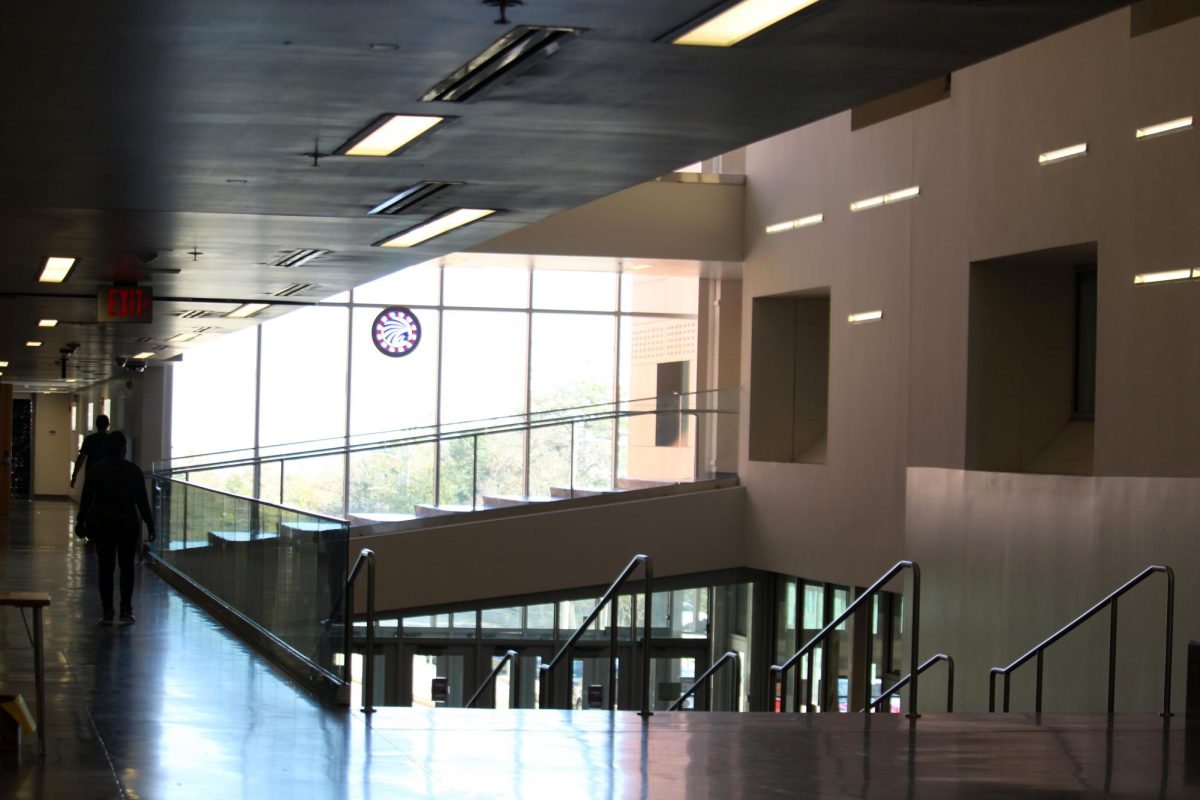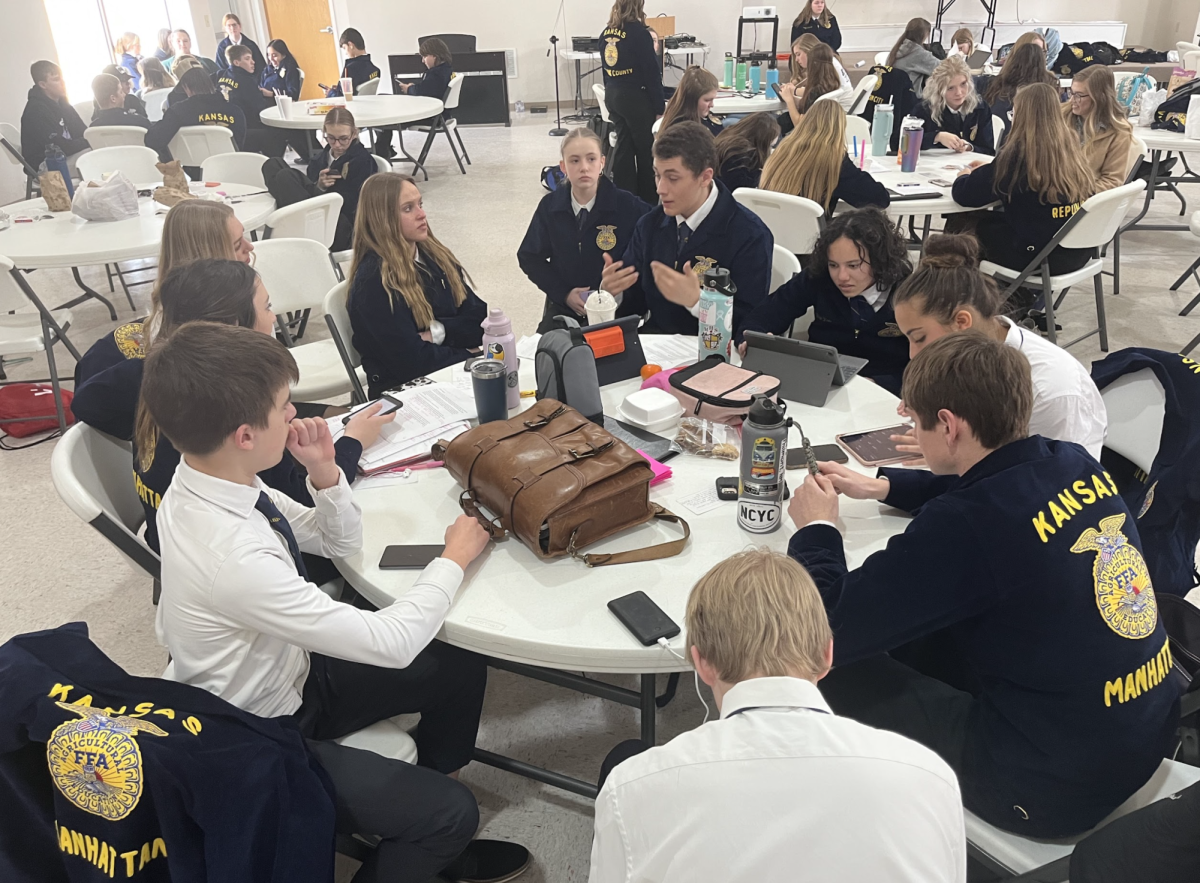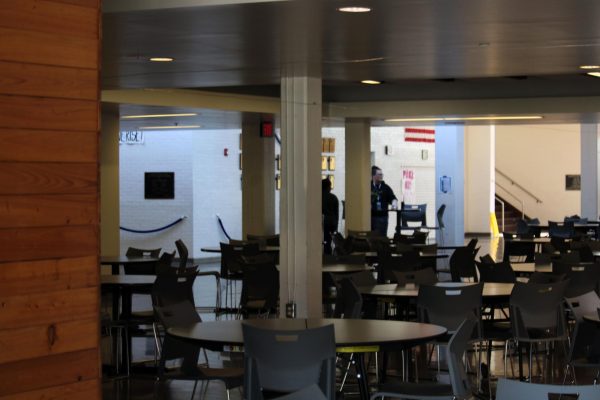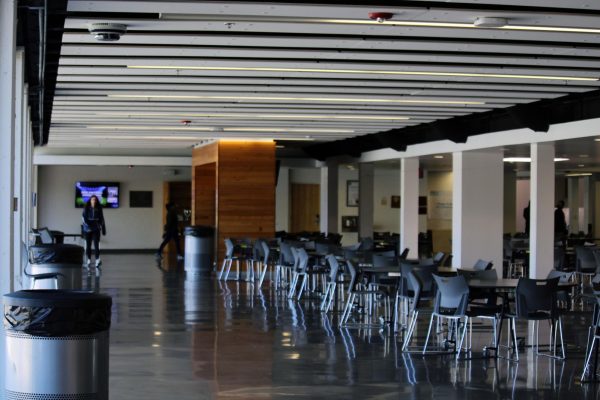Knowing local history helps better understand area
March 14, 2017
Unless you have a passion for history it’s hard to connect to a subject of — what seems like — epic tales that speak of war, suffering, renewal, hope and devastation.
When you live in a town like Manhattan, it’s hard to know how the epic tales of history are relevant to us. Believe it or not, Manhattan has some pretty interesting tales of history itself; you just have to dig to find them.
Driving down Fort Riley Boulevard you see the Blue Earth Plaza. If you’re like me, wonder what’s the significance of ‘Blue Earth?’ Back in 1812 a hostile encounter took place between the Kaw and the Pawnee at the Blue Earth Village along the Big Blue River.
Have you ever wondered how Manhattan got its name? In March of 1855 a group of New England Free-Staters traveled to the Kansas Territory through the New England Emigrant Aid Company to create a Free-State town. During April, the Free-Staters decided to join together Canton and Polistra — a few small settlements — to make one settlement named Boston.
Then June of 1855 a paddle steamer, Hartford, got stuck on a sandbar about 20 miles from Junction City. Seventy-five passengers on Hartford, who belonged to the Cincinnati-Manhattan Company, graciously accepted the invitation to join the settlement after insisting on renaming the settlement Manhattan. Boston was officially renamed Manhattan in 1857.
Let’s not forget about the roots of Aggieville. The area where Aggieville is located today was originally faculty housing for the Kansas State Agricultural College. The students who attended the college had to buy their books downtown — which at this time was inconvenient for students. In 1898 students decided to open a small diner and bookstore that was closer to the campus. Later that year the Board of Regents shut down the bookstore after an uproar.
September of 1899, a group of students from the Student Cooperative Association decided to open the Co-op Book Store. This store was a cornerstone for the developing shopping district that was created specifically for students. In years to come Aggieville grew to house more shops, restaurants and bars.
Flash forward to 2017 and the Big Blue River is where people go if they want to fish for hours. Manhattan is commonly referred to as ‘the Little Apple’ or ‘MHK.’ Aggieville has its own vibe and just recently there was a fire in the Co-Op, formerly known as the Dusty Bookshelf or the Co-op Bookstore.
So if you haven’t figured this out by now, I’m a history nut. I love to dig for tales that are only told through history. I’ve come to find that if you don’t know information about the area you live in, it probably won’t be life or death, but you’re definitely missing out. After learning more about the area that you live in, you learn more about the tales of struggles and perseverance that the town has had. So instead of just a town, it’s history comes alive. Which is why I beg you wherever you go look for the tales that help you understand the history of the area better.



